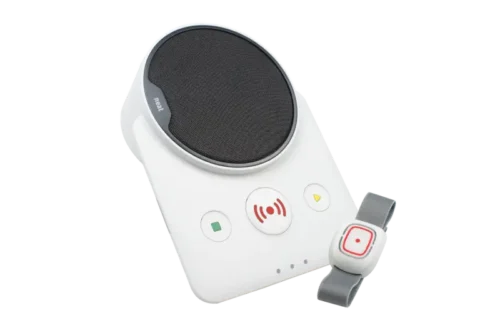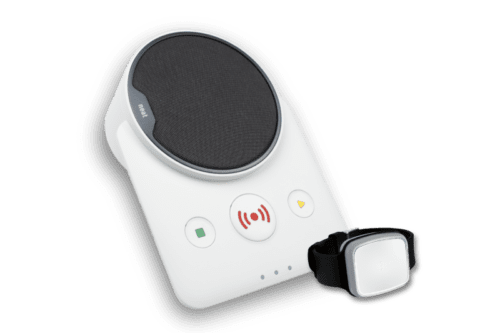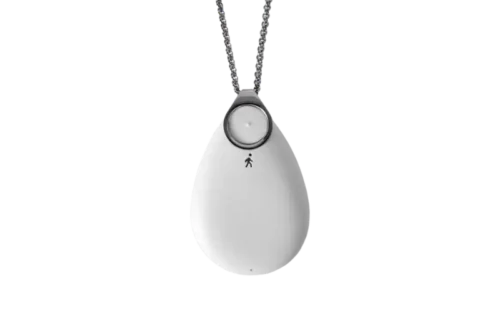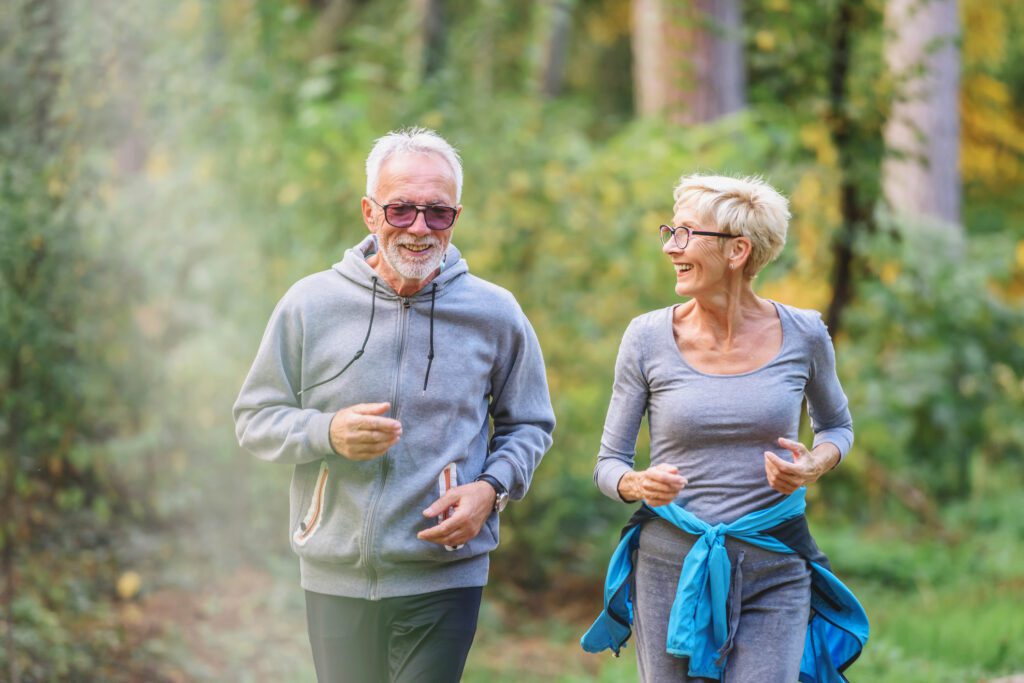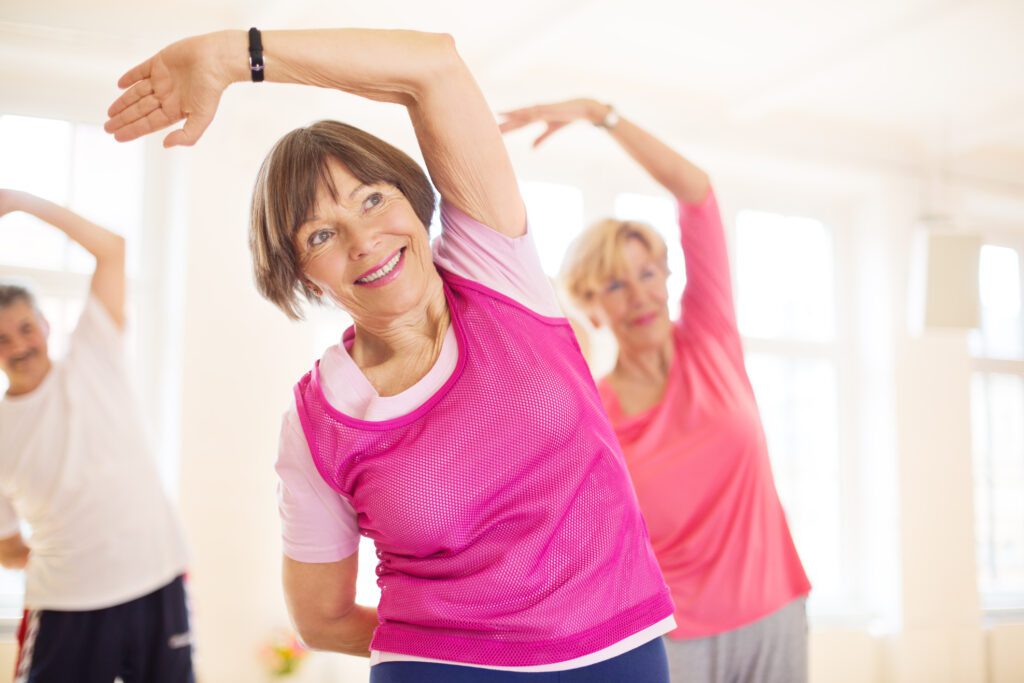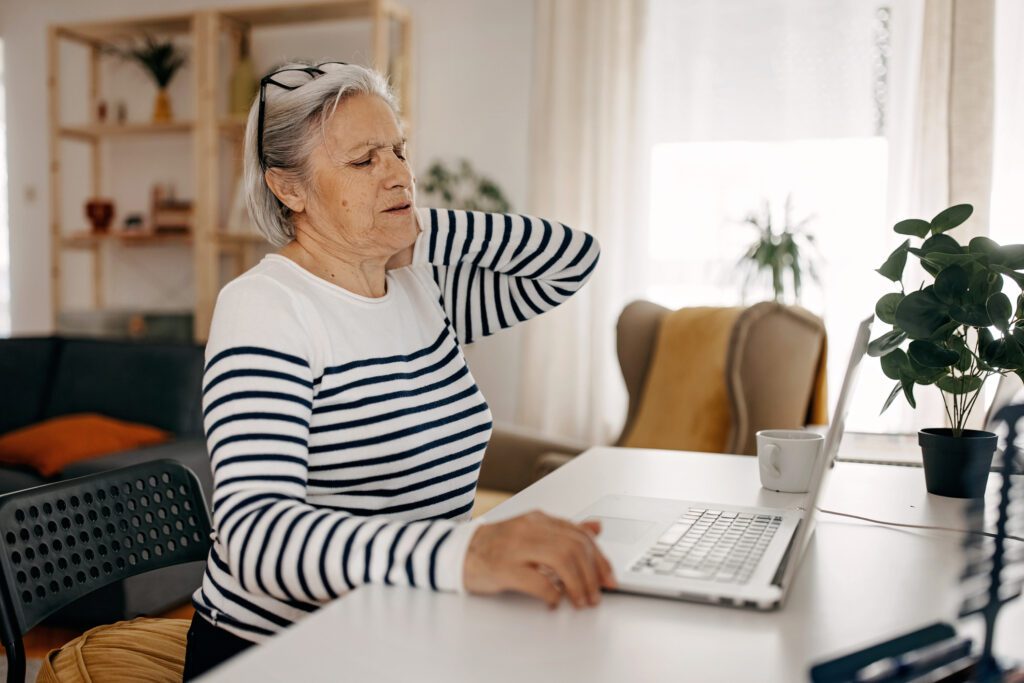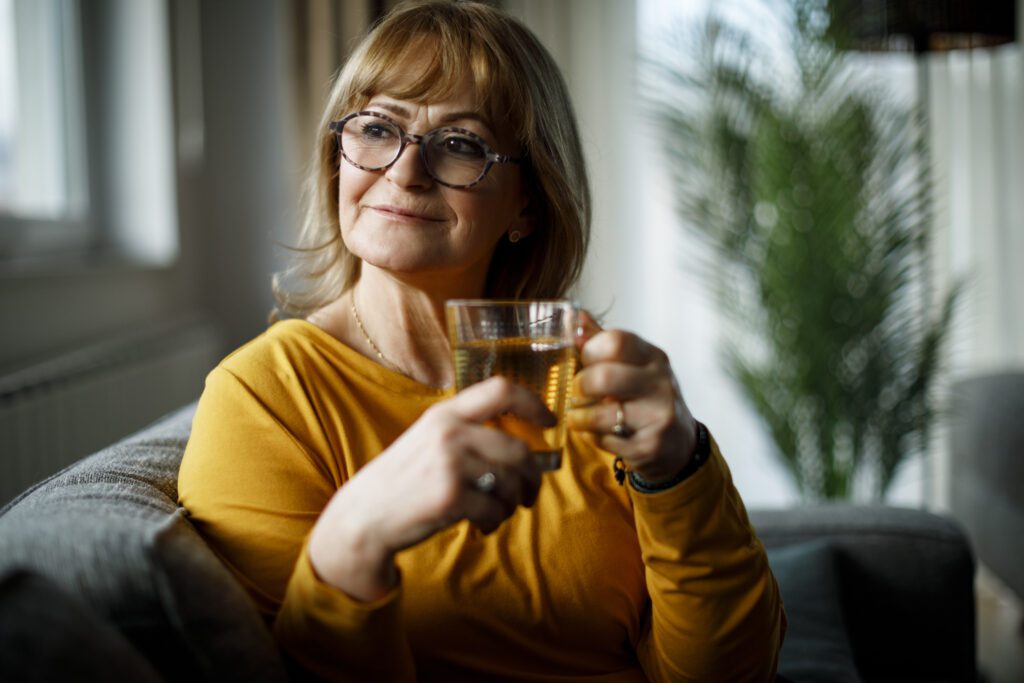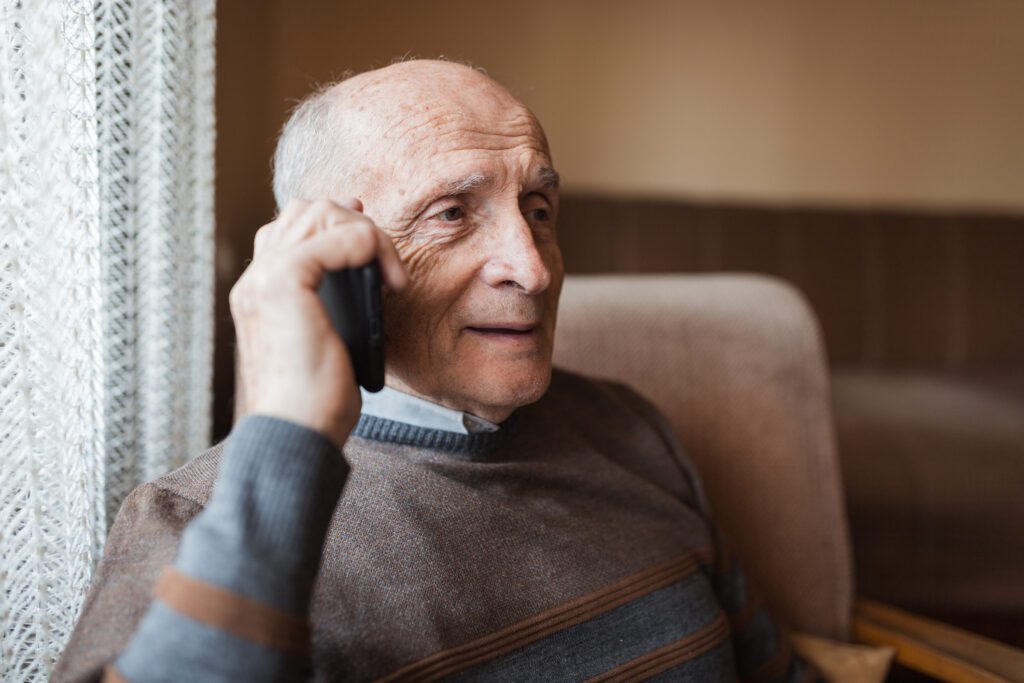As we age, we become more concerned with our physical health and well-being. Why? Older people are more likely to face health problems such as reduced strength, mobility and balance.
Although these problems are common, they can be avoided. Many of our lifestyle choices influence the way we age. But regardless of age, integrating a daily exercise routine proves to be a powerful tool in slowing down the ageing process, particularly for seniors. Daily exercise can greatly reduce the risks that come with ageing, such as heart disease, diabetes, muscle loss and reduced mobility or balance.
By remaining physically active you can stay strong and healthy as you get older. But where should you start? Exercise doesn’t have to be hard work, especially for older individuals. The key is to incorporate simple exercises into your routine to keep your body moving and active.
In this article, we’ll look at 3 important types of exercise for older people and guide you on how to integrate them into an exercise routine.
Strength training
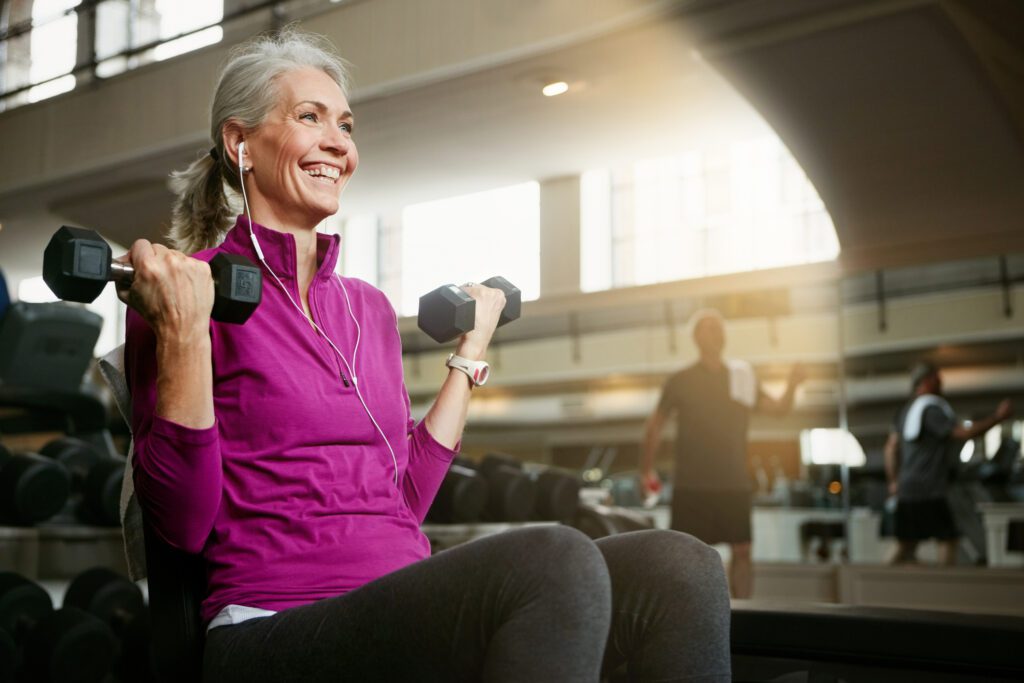
A lack of physical activity is the leading cause of muscle and strength decline in older people. Loss of strength is unlikely to lead to any major health complications, so why is this a problem?
Your strength can make a big difference in the way you live your life. Strong muscles allow you to continue doing your daily activities without assistance. With poor strength, everyday tasks become tiresome and difficult to do independently.
You can combat muscle loss with strength training, also known as resistance training. Strength training engages the muscles and encourages them to grow stronger. This can be through the use of weights or resistance-based exercises.
Cardio
Cardio, also known as aerobics or endurance training, has many known benefits. It is great for improving the function of your heart and lungs, and may also lower blood pressure. Cardio focuses on increasing your heart rate through managed body movement. In turn, this encourages oxygen and blood to move around the body, carrying and distributing nutrients to your vital organs.
Balance training
Older people face many risk factors leaving them susceptible to falling. This includes loss of muscle mass, abnormally low blood pressure and balance issues. By developing the strength in the lower half of your body you can greatly improve your balance, lessening the risk of falls or injury. This is known as balance training and often includes yoga or pilates.
Even with exercise, our health or balance can decline because of something beyond our control – such as genetics. If you are worried about falling, you’re not alone. Reports show falling is the most common cause of hospital admissions for people over 65.
Despite this, you can live independently with the assistance of a fall alarm or pendant, such as those provided by Telecare24. Fall alarms can detect and alert a 24/7 monitoring centre in the event of an elderly person falling. These alarms aim to prevent the elderly from being stranded after a fall, which could lead to further complications.
Getting started
For the best results, you should incorporate small amounts of strength training, cardio and balance training into your routine. Rest assured, this is more manageable than it sounds. You can increase your physical activity even if you find it difficult to exercise by making the following changes to your daily routine.*
- Walk around the house to increase daily movement. If you’re not ready to go out for a walk, start by walking around your house. Walk near your walls or furniture so you can steady yourself if necessary. Start by doing this for a few minutes each day, and slowly increase your time based on how you feel.
- Avoid being stationary for long periods. If you can do so without assistance, stand up from your chair regularly to encourage blood circulation. If you can’t stand, try moving your legs and arms around in circles for a few minutes at a time instead. You can find some simple exercises you can do from your chair online by the British Heart Foundation or the NHS.
- While you’re seated upright, relax your shoulders and look straight ahead. From this position, slowly turn your head to look over your left shoulder. If you can, hold this position for a few seconds and then repeat on the opposite side. After a few reps, you should feel increased mobility in your neck. Simple exercises like this are great for preventing stiffness and pain.
If you are in better health and feel ready to take on more exercise, consider starting with the following:
- Walking is a great way to improve your health, physically and mentally. If you can safely walk around your home, try taking your walk outside. You don’t have to walk for miles, stroll at whatever pace suits you.
- Swimming is a great way to engage the whole body without the high impact of running or cycling, making it a great choice for seniors. It is also known to soothe joint pain and lessen the symptoms of stress and anxiety.
- Pilates is another low-impact exercise that builds strength. For this reason, it is ideal for seniors and anyone suffering from arthritis.
- Similar to pilates, yoga is a great low-impact way of building strength. Its main focus, though, is to increase flexibility and mobility through gentle stretches. You can even start yoga at home from your chair.
*Speak to your doctor or another health care professional before starting a new form of exercise.
As we’ve seen, exercise benefits the body by activating several important functions. One function that is closely linked to exercise is the metabolic rate or metabolism. Our metabolism is responsible for converting the food we eat into energy.
As we age, our metabolism often slows down, leading to tiredness, weight gain and other health complications. Exercise is a top way of boosting the metabolism, but here are some other things that can also help.
1. Drink plenty of water. Proper hydration is the key to a fast metabolism. You can try drinking from a water bottle to keep track of your water intake. You may need to drink more fluids if you’re:
- pregnant or breastfeeding
- in a hot environment
- physically active for long periods
- ill or recovering from illness
2. Drink Green Tea. Green Tea contains caffeine which stimulates the metabolism, encouraging a faster fat-to-energy conversion.
3. Increase your protein intake. Adding protein to your diet is a great way to build muscle mass, which in turn can boost the metabolism.
4. Reduce stress. In response to stress, our body enters a mode of flight-or-fight. During this, the body will temporarily suppress non-essential functions, such as your metabolism.**
5. Get a good night’s sleep. Adequate rest plays a vital role in maintaining almost all of our bodily functions. You should aim to get between 7 and 9 hours of sleep every night.
Taking care of your physical health as you get older is an important part of maintaining a high quality of life.
By incorporating different types of exercise, such as strength training, cardio, and balance training, you can slow down the ageing process and keep your body strong. Additionally, boosting your metabolism can further support your physical well-being.
**If stress is affecting your health, ask your doctor for help or reach out to one of the following helplines.
- Age UK Advice Line – A Free, confidential helpline for older people and their families.
- Mind’s helplines offer support for anyone facing mental health issues.
- Contact Samaritans by phone or letter if you need to talk to someone about how you’re feeling.
